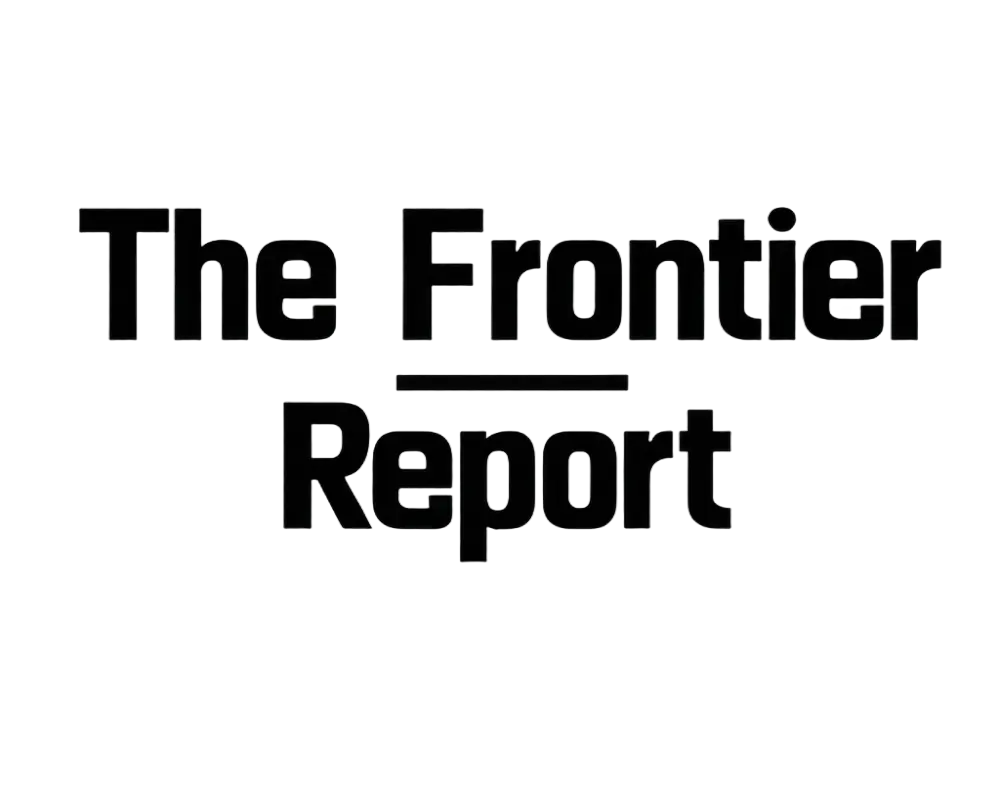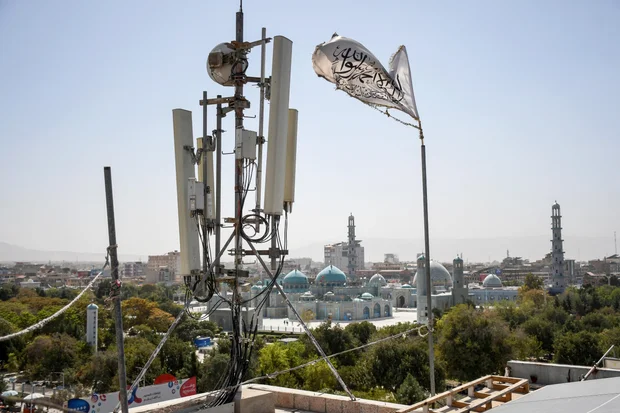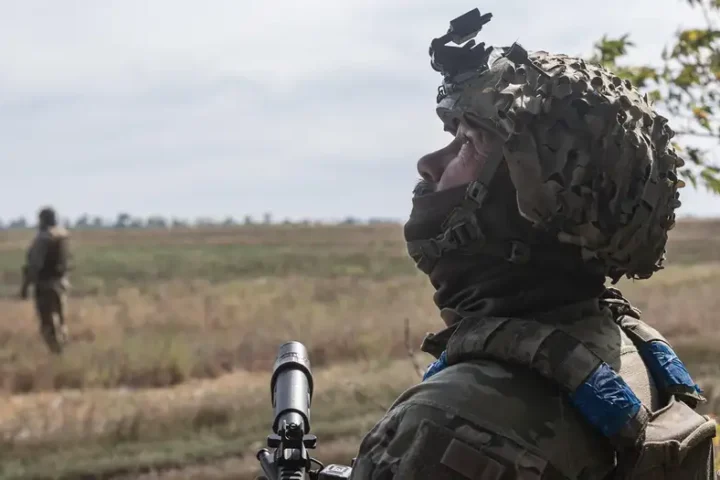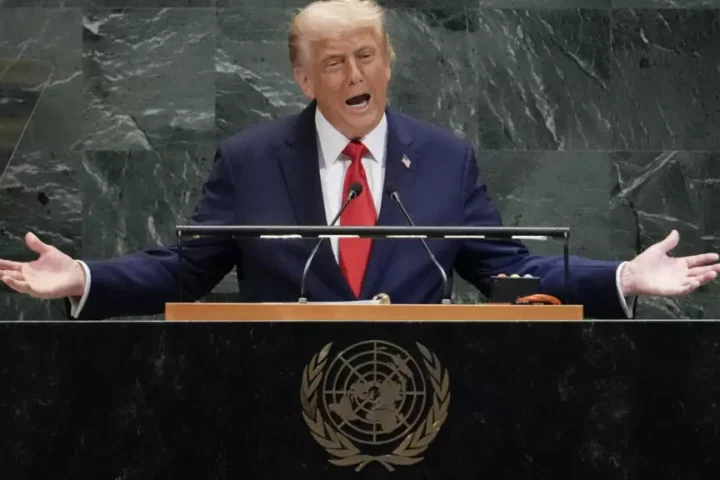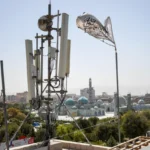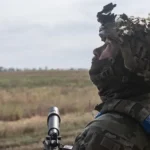11 million workers by 2030, as warned by Russian Economic Development Minister Maxim Reshetnikov in a meeting with President Vladimir Putin
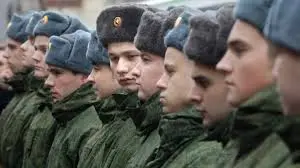
Russian boys being conscripted into the russian military
Aging Workforce– Russia’s working-age population has been shrinking for years as a result of low birth rates, high deaths, and emigration. Russia lost an estimated 500,000 working-age citizens in 2022 alone, and the trend is picking up speed
Russia is also confronted with a sharp population crisis that can leave the nation short 11 million workers by 2030, Economic Development Minis
ter Maxim Reshetnikov informed President Vladimir Putin. A dwin
dling workforce fueled by low birth rates, high death rates, and a massive brain drain of young specialists risks crippling economic growth and annihilating core industries. The test was boosted by Russia’s invasion of Ukraine, where more than 500,000 working-age citizens fell to war casualty and emigration in 2022 alone
The war and Western sanctions have also exacerbated the manpower shortage, driving hundreds of thousands of qualified workers away from the country due to forced conscription or poverty. Russia has depended
for many years on migrant manpower from Central Asia, but even this is dwindling as there is growing geopolitical tension. Meanwhile, attempts at increasing birth rates—such as raising child allowance—are not enough to halt the decline. The UN estimates Russia’s population might decline from 143 million to below 130 million by 2050, a sign of prolonged economic and military recruitment woes
The mobilization of workers for war has placed additional strain on an already faltering economy. Industries that once relied on young, able-bodied men—such as construction, logistics, and engineering—are now struggling to fill vacancies, leading to project delays and declining productivity. Meanwhile, the loss of skilled professionals fleeing conscription or political repression has created a brain drain, particularly in tech and medicine. While the government has tried to compensate by recruiting prisoners and older workers, these measures have failed to offset the labor shortfall. The situation is further complicated by Western sanctions, which have disrupted supply chains and made it harder to attract foreign workers.
Putin has demanded radical measures, such as increasing the retirement age again and relaxing immigration controls, but these are being fought.
Regional governments are trying to introduce subsidies for big
families and tax relief for companies employing older employees, but these are being labeled as stopgap measures. The labor shortage is now beginning to impact military output, and defense factories are said to be struggling to meet orders due to a lack of staff. With the war ongoing, experts predict the possibility of Russia’s economy succumbing to a cycle of decline—where its declining workforce limits production, which contributes to economic stagnation. Unless radically changed policy or war curtailmentis brought about, Russia’s population collapse could be irreversible in the near future..
Putin has called for urgent solutions, including raising the retirement age further and easing immigration rules, but these measures face public backlash. Regional governments are experimenting with subsidies for large families and tax breaks for businesses hiring older workers, but critics argue these are stopgap measures. The labor crisis is now affecting military production, with defense plants reportedly struggling to meet demand due to staffing shortages. As the war drags on, analysts warn that Russia’s economy could enter a downward spiral—where a shrinking workforce weakens production, which in turn deepens economic stagnation. Without a major policy shift or an end to the war, Russia’s demographic collapse may soon become irreversible.
Russia’s demographic crisis is no longer on the horizon—it is an existing threat with long-term effects. The synergy of dwindling workforce, mass emigration, and deflection of manpower to military activities has staged a perfect storm that is poised to ruin the economic health and international reputation of the country. Even when tomorrow war against Ukraine ended, the long-term destruction of Russia’s human capital will take several decades to recover from. Unless there are radical transformations—such as a halt to the mobilization of soldiers, a reversal of brain drain, and decent family policies—the nation risks sliding into a future of prolonged stagnation. With the deadline ticking away toward 2030, the Kremlin faces an existential choice: transform rapidly or watch Russia’s working-age population—and thus its power—consistently dwindle. The stakes could not be higher.

